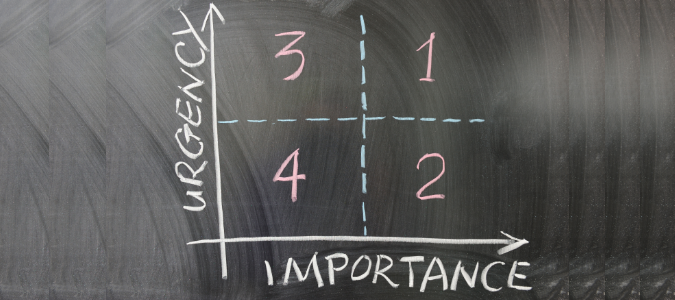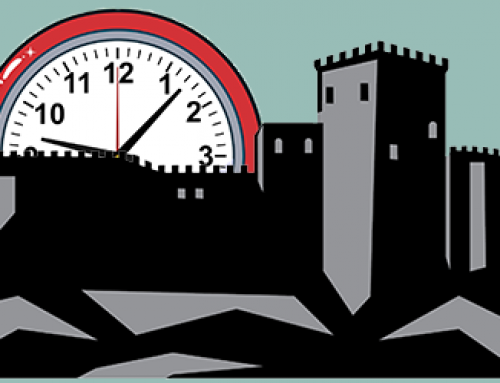According to the U.S. Department of Veteran Affairs, there are some 21.7 million living military veterans in the United States. Today at PlanPlus Online, we’re honoring every one of them for Veterans Day, a day to honor all living U.S. veterans and their sacrifices. And not only do we owe our nation’s safety and protection to them, but we also owe a lot to the field of productivity pioneered by our military servicemembers.
How so? One way the military’s essential culture of productivity has permeated popular culture is through the concept of “standard operating procedures.” (Ever heard of that term before? Usually we hear it when we’re trying to break through some bureaucratic procedure by asking for an exception, but then we’re told it’s “standard operating procedure” and there’s nothing that can be done about it).
SOP’s, as it’s abbreviated, is a paradigm that aims to capture and record the way people get things done to ensure future efficiency and aid in succession planning. For example, at PlanPlus Online, we have Google Docs of how to capture and record every marketing metric important to our success as a company. These operating procedures make it possible to be efficient and productive.
But one often overlooked military productivity “hack” comes from one of WWII’s greatest generals: Dwight D. Eisenhower. At a speech at Northwestern University, Eisenhower quoted a former college president as saying, “I have two kinds of problems, the urgent and the important. The urgent are not important, and the important are never urgent.” The quote, which is commonly attributed to himself, made Eisenhower the de facto inventor of what is called the “Eisenhower Matrix” in productivity circles.
Eisenhower’s method involves categorizing tasks (everything from receiving phone calls to meeting deadlines to wasting time watching TV) into one of four quadrants: important-urgent (emergencies and deadlines), important-not urgent (planning, exercise), not important-urgent (phone calls, distractions), and not important-not urgent (time wasters).
If you’re a reader of Stephen Covey, this will sound familiar to you. Covey’s four quadrant approach from his landmark book The 7 Habits of Highly Effective People draws from Eisenhower’s prioritization approach to getting things done in the military.
And it is upon the Eisenhower Matrix and Covey’s methodology that PlanPlus Online draws its military-grade productivity prowess from. By capturing tasks as master tasks (things to be done later) or daily tasks (things to be done today) and ranking them in order of importance for the day (by A1, A2, A3, B1, B2, etc.) you can identify which tasks are your important-not urgent, which is the quadrant you want to spend most of your time in.
The reason why this quadrant leads to greater productivity is because it is about planning and prevention, two principles we’re fans of at PlanPlus Online. And so are the Armed Forces. We’d like to thank the military masterminds behind these methods of productivity, like Eisenhower’s Matrix, that have changed productivity forever–in addition to ensuring the protection of our great nation.
Thank you, Veterans.






